So long boring grapes and barley, hello carnivorous plants and bamboo
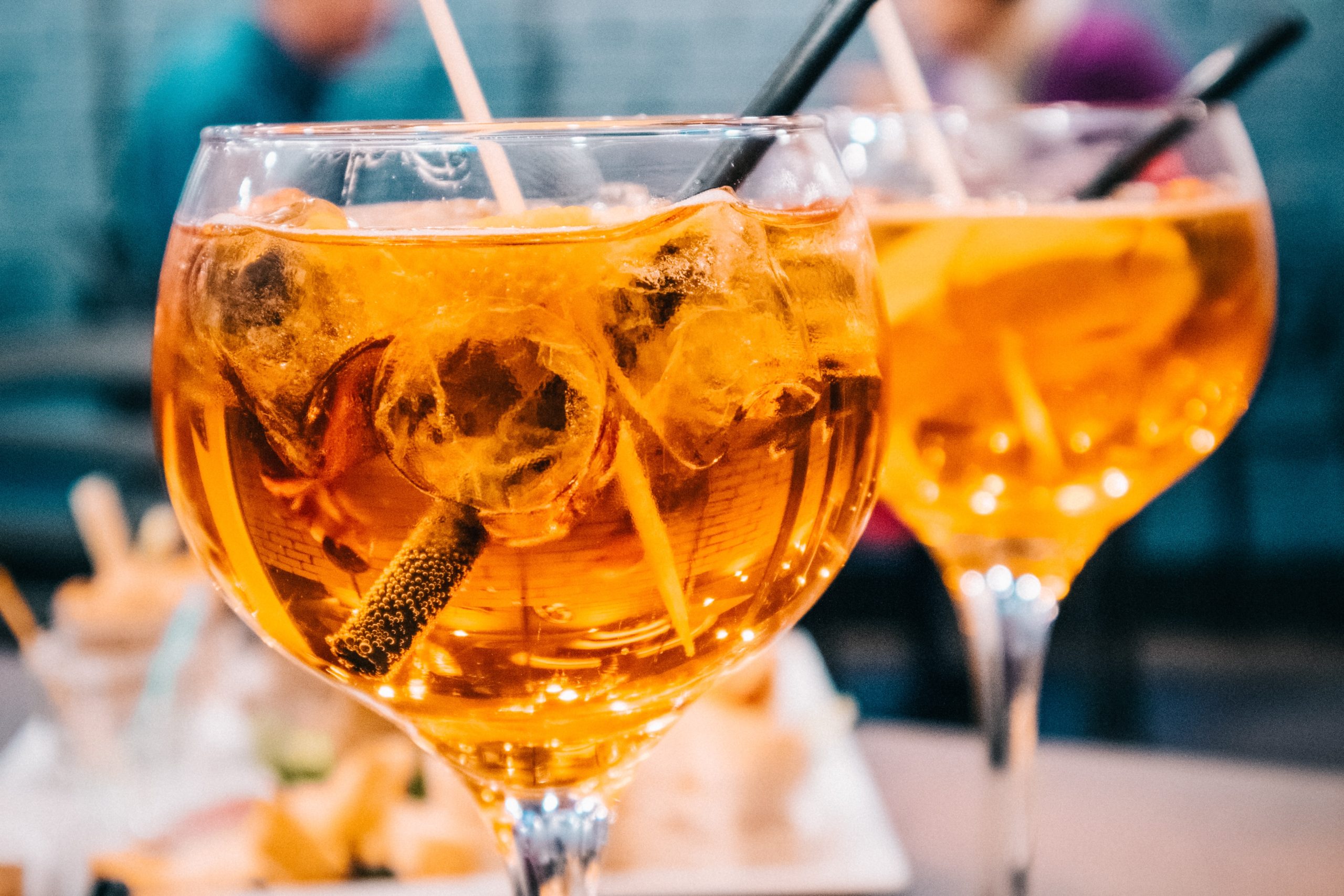

I don’t want to speak for anyone else, but during the pandemic I’ve really been flying through bottle after bottle of red wine.
Recently, I started wondering if I should switch up my drink of choice just to spice something up in my life. Turns out, working from home and seeing no one but your roommates really doesn’t provide a ton of excitement.
Since this seemed like the most pressing issue in my life, I began researching some other boozy options. I was quickly reminded that there’s no reason wine has to be made from grapes or beer from malted barley. If you don’t believe me, check out some of these strange spirits from around the world.
Boozy bamboo
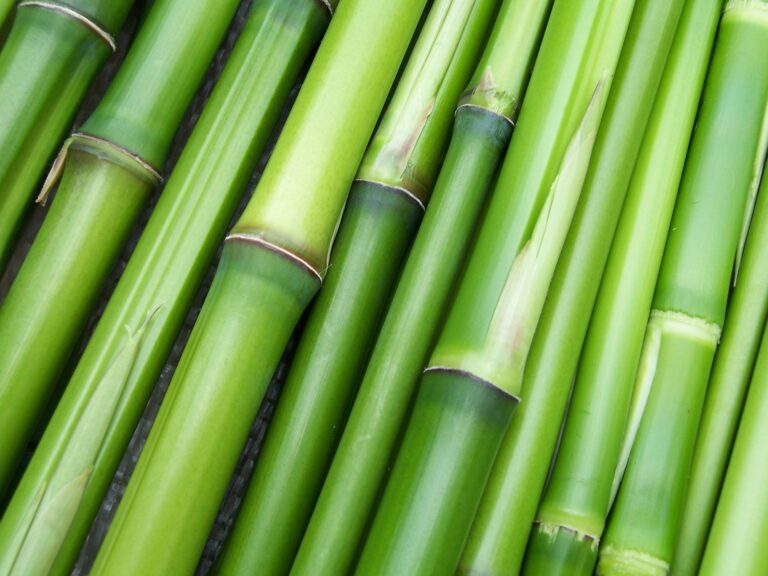

Bamboo is not just for pandas, fences and floors, in fact, in Tanzania it makes a popular fermented beverage called ulanzi.
It’s not the bamboo wood that’s used to make the drink, but rather the sweet sap.
To gather enough sap, young bamboo shoots are slashed twice a day. In response to the cuts, the bamboo releases a sticky sap to heal its injuries. The hollow bamboo shoot is used as a container to collect the sap. Once a shoot is entirely filled, the top is sealed off, and fermentation proceeds for the next 6-12 hours.
The final drink is a cloudy, white color with a slightly sweet taste.
Parsnip Wine
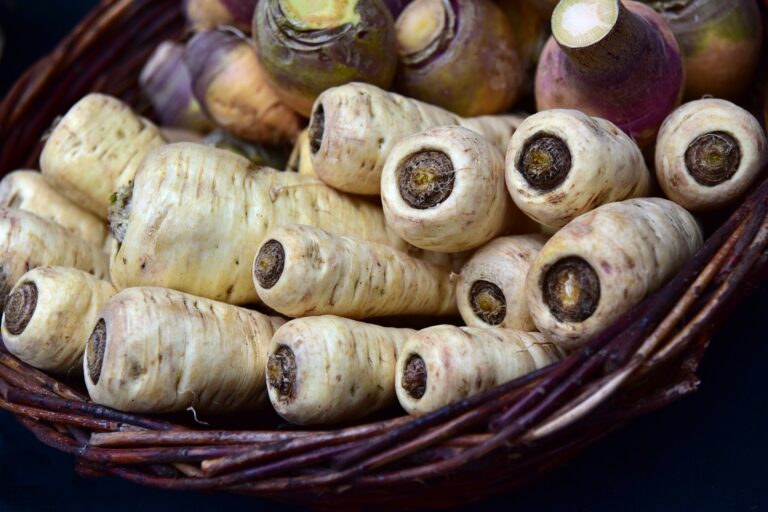

I always thought of parsnips as the lesser cousin of the carrot, but now that I know it can be transformed into wine I’m beginning to change my mind.
Apparently, parsnip wine was brought to America by colonists of English descent. The colonists had a simple process that began by chopping the parsnips and then boiling them until they were softened. Next, sugar and more water was added and the concoction is left to sit for six months while it’s fermented by wild yeast.If you want to make your own parsnip wine, I found a modernized recipe on a blog appropriately named Practical Self Reliance:
- 4 lbs parsnips
- 2 1/4 lbs raisins
- 6 3/4 cups sugar
- 1 lemon, sliced
- 1 packet wine yeast
- 1 tsp yeast nutrient
- 1 tsp pectic enzyme
Fermented Cashew Apple Juice


Have you ever wondered why cashews are so expensive?
Turns out, only a single nut grows on each fruit of the cashew tree. The fruit is called a cashew apple and resembles the red apples you buy in the grocery store. The nut’s shell appears dark brown and must be steamed open to release the cashew.
To many, the cashew apple is worth nothing, especially compared to the nut, but in India these apples are collected and fermented into a drink called feni (or fenny).
It’s best to use ripe cashew apples just as they fall to ground or if they are separate from the tree with a gentle tug. The precious nuts are of course plucked from the apples and the fruits are then crushed for their juices. The juice is collected and sits to ferment into a drink called urak.
If urak is distilled to concentrate the alcohol to about 40% alcohol by volume (ABV), it then goes by the name feni. In India, feni is typically served with lemonade, soda, or tonic water.
Carnivorous plant liquor
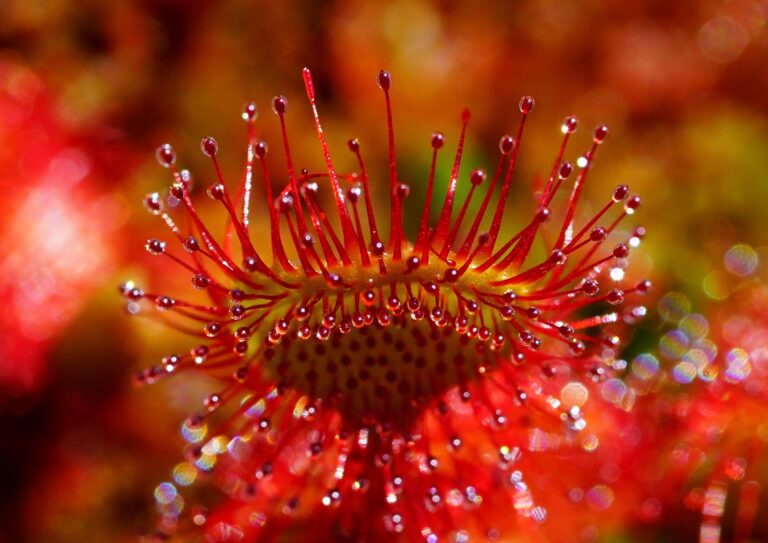

If you’ve never heard of sundew, let me give you a quick introduction.
Sundew is known as the “fly paper” plant. It coaxes in insects with a sweet nectar that’s so sticky they cannot escape. The plant then releases enzymes to leach nutrients from the insects and slowly digests them.
So, why would anyone want to use a carnivorous flower filled with dead bugs as the base for an alcoholic spirit?
Truly, I have no idea, but apparently it was a popular drink during the Renaissance.
In a previous era, the carnivorous flower was harvested to produce a sweet liqueur that you literally had to pick the bugs out of.
Nowadays, the only beverages that appear to use sundew as an ingredient are a german beer and liquor that both go by the name Sonnentau. In English, sonnentau translates to sundew.
It seems that both these beverages may be hard to get your hands on and have been sold out on every website I’ve visited. So, I guess a boozy drink that features bug-eating plants is perhaps more popular than I thought?
Tobacco-laced booze


Tobacco and alcohol seem to be a pairing as old as time. Today, you might bring your cigarettes to the bar, but there was a time when alcohol could give you a hit of nicotine just like smoking.
Traditionally, tobacco liquor was made by soaking tobacco leaves in honey. The mixture was then allowed to sit and ferment, which increased the alcohol concentration.
Unfortunately, the time has long since passed when tobacco liquors were legal in the U.S. Apparently, drinking tobacco delivers much greater amounts of nicotine into the body than smoking.
Currently, there’s only one commercial producer of tobacco liquor based out of France. The tobacco they use is a variety that only grows near the Mississippi River called Louisiana Perique. The beverage is named Perique Liqueur de Tabac and is only allowed in the U.S. since their new process leaves no trace of nicotine.
Banana beer
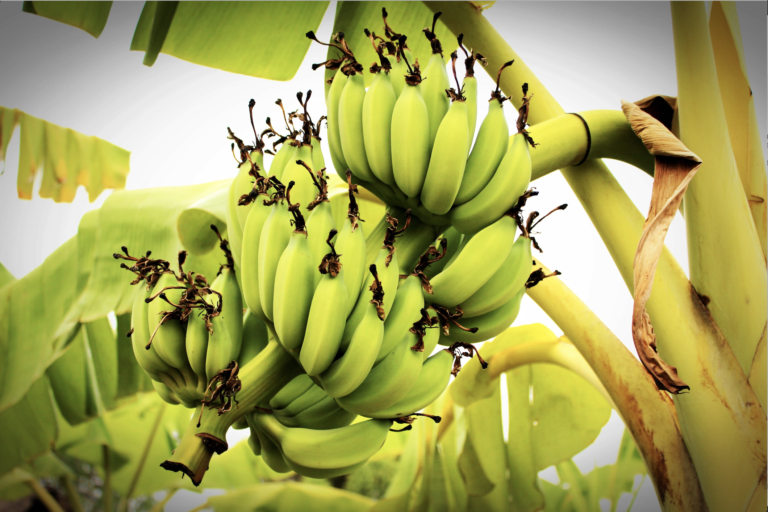

I’m not talking about beer with a banana or banana bread flavor added after the fact. Real banana beer is literally made from bananas, not some liquid flavorant drizzled in after fermentation.
Banana beer is a popular beverage in African countries like Uganda and Rwanda. The types of bananas in Africa differ from the Cavendish banana most of us buy at the grocery store. In fact, some of the African varieties are known specifically as “beer bananas.”
Banana growers prefer to convert their fresh fruit into an alcoholic beverage since it extends the shelf life and allows them more time to sell their product before it spoils.
The brewing process begins by peeling the ripe bananas and collecting them in a large basket. It’s important that only ripe bananas are used since they contain the highest amount of sugars.
Next, workers stomp on the bananas to release the juices, which are then filtered to remove large pieces. The banana juice is diluted with hot water and either roasted sorghum or millet is added to the brew.
For fermentation, the mixture is stored in anything from gourds to buckets for 18-24 hours. Then it should immediately be filtered through a cloth, bottled, and sold since the beverage is only good for 2-3 days.
You can find a couple of commercialized banana beers like Mongozo and Raha on the market, but many producers only make a homemade version on a rather small scale.
Most of the plants, fruits, and veggies in the list above would have never struck me as potential brew ingredients. I’ve never looked at bamboo and thought “huh, what an excellent beverage this would make.” Then again, I don’t live anywhere near real bamboo.
And if this little research project taught me anything, it’s that humans will use whatever resources are around them to create an enjoyable, boozy drink. It doesn’t matter if it’s carnivorous plants or quick-spoiling fruit. When it comes to drinking, humans are pretty darn creative and resourceful to ensure a steady supply of alcohol.


4 Responses
Very interesting!
Appreciation to my father who told me concerning this website, this weblog is genuinely awesome.
I constantly spent my half an hour to read this blog’s articles
daily along with a cup of coffee.
I think this is among the most significant information for
me. And i am glad reading your article. But wanna remark
on few general things, The site style is great, the articles is really great : D.
Good job, cheers